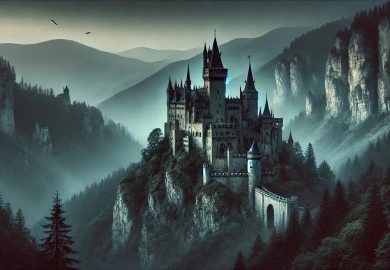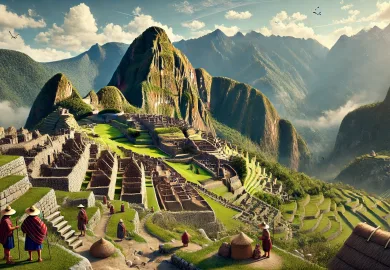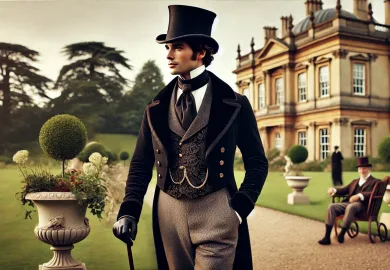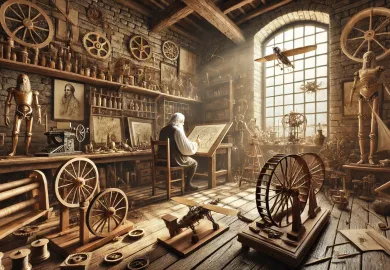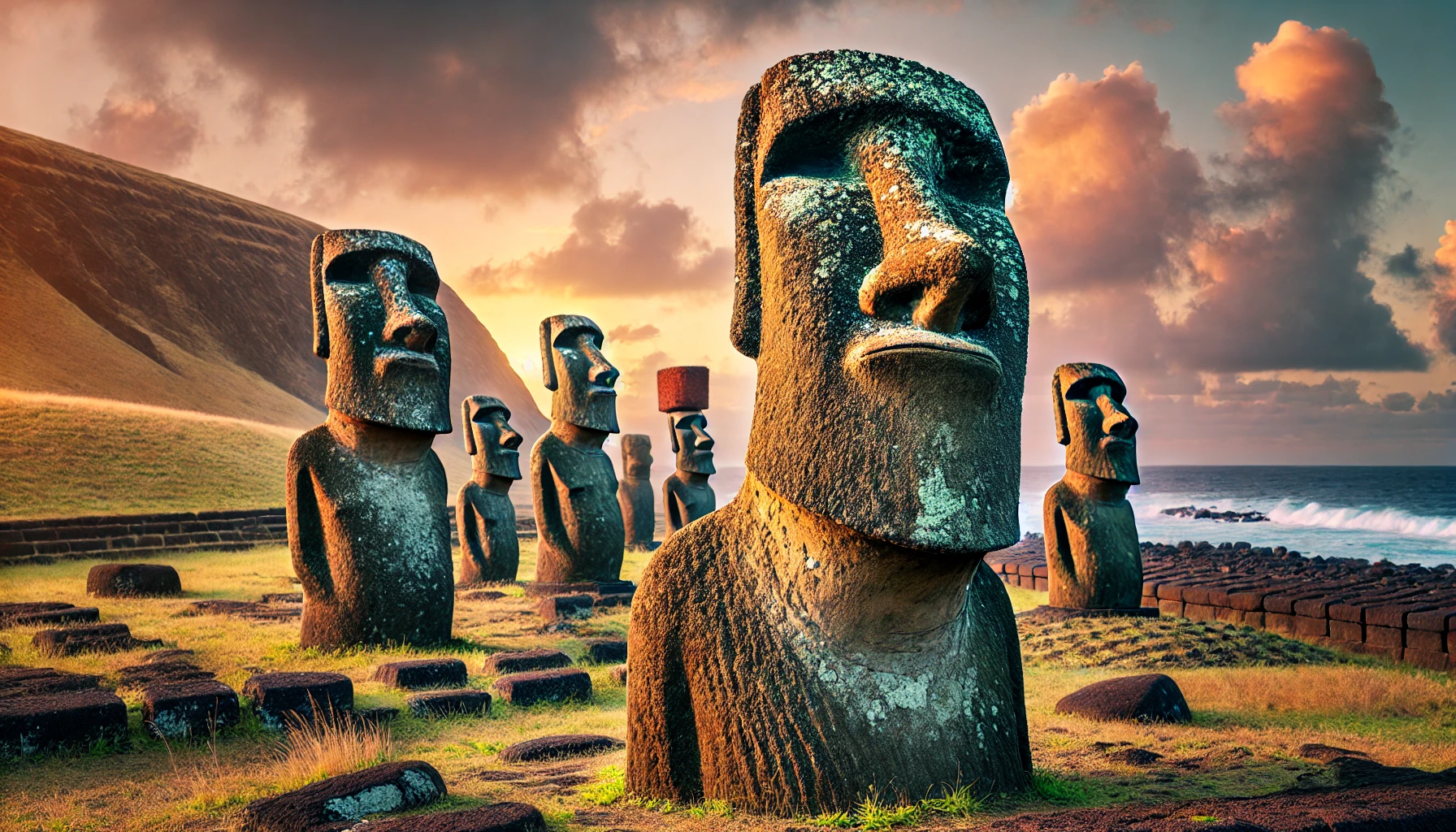
Easter Island, or Rapa Nui, is one of the most mysterious and culturally rich places on the planet. The island, situated in the remote southeastern Pacific Ocean, is best known for its iconic Moai statues—gigantic stone figures that have fascinated explorers, historians, and tourists for centuries. However, beyond these imposing sculptures, the island is home to an ancient culture deeply rooted in spirituality, creativity, and survival amidst isolation.
The Enigmatic Moai Statues: Guardians of the Island
The Moai statues are undoubtedly Easter Island’s most famous and awe-inspiring feature. These colossal stone figures, some weighing as much as 82 tons, are believed to represent the island’s ancestors, serving as a link between the living and the spiritual world. Carved from volcanic tuff, these statues are scattered across the island, with many of them perched on ceremonial platforms known as Ahu.

The purpose and construction of the Moai statues have been subjects of debate for years. Researchers believe the statues were erected between 1400 and 1650 AD during a time of social and political development on the island. It’s thought that they were built to honor important chieftains or deified ancestors, reflecting the Rapa Nui people’s belief that their ancestors’ spirits provided protection and prosperity.
What’s especially remarkable about the Moai is not only their size but their enigmatic positioning. Almost all the statues face inland, away from the sea, seemingly watching over the island’s inhabitants. This orientation suggests a spiritual significance, as they were likely meant to protect the community rather than the island itself from external threats.
The Sacred Ahu Platforms: Spiritual and Communal Centers
The Moai statues are incomplete without mentioning the Ahu platforms, the stone structures upon which the Moai stand. These platforms are not just simple bases but were carefully constructed with ceremonial and spiritual importance. The Ahu are made from carefully placed stone blocks, forming both a foundation for the statues and a focal point for religious rituals.
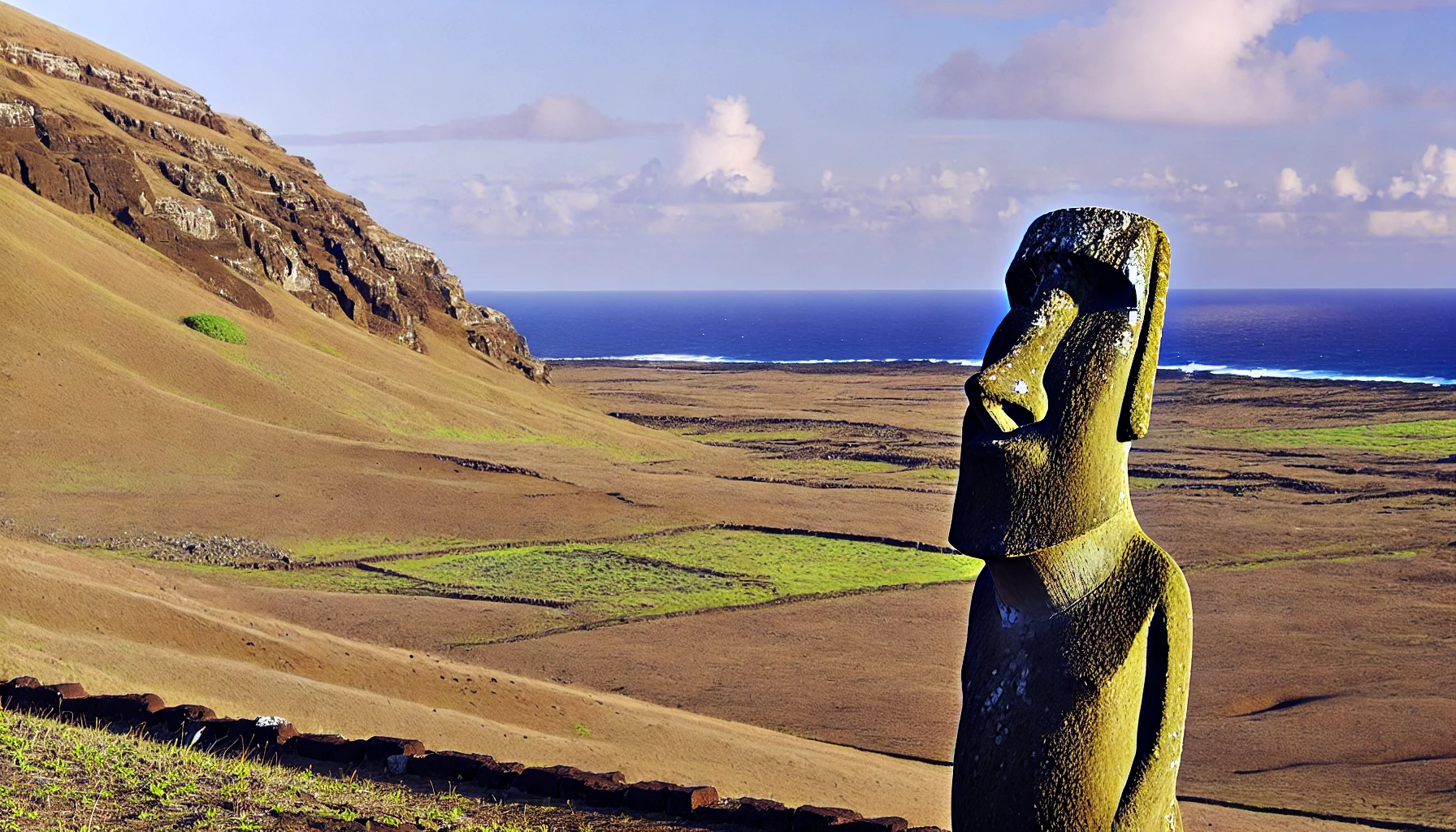
There are over 300 Ahu on the island, with some accommodating multiple Moai. These platforms were considered sacred spaces where the Rapa Nui people gathered to conduct ceremonies, including offerings to the gods, celebrations of life, and tributes to deceased leaders. The significance of the Ahu is closely tied to the religious practices of the Rapa Nui, who believed that the platforms connected them to their ancestors and the gods.
The most famous of these ceremonial centers is Ahu Tongariki, home to the largest collection of Moai on a single platform. This site is not only a monumental display of the islanders’ ingenuity but also a symbol of their ability to work collaboratively in erecting these massive structures. The Ahu thus became a unifying force within the island’s society, both religiously and socially.
The Mysterious Rongorongo Script: An Undeciphered Code
In addition to its striking Moai statues and Ahu platforms, Easter Island holds another enigmatic piece of its ancient culture—the Rongorongo script. This mysterious writing system is unique to the island, and despite numerous attempts to decipher it, its meaning remains unknown to this day.
The Rongorongo script consists of glyphs carved into wooden tablets, with each symbol thought to represent sounds or concepts. Some scholars have speculated that Rongorongo might have been used for religious purposes or for recording genealogies, historical events, or astronomical observations. However, due to the loss of most tablets and the near-extinction of the Rapa Nui language during the European colonization, the true function and meaning of Rongorongo remain a mystery.
Efforts to decode Rongorongo are ongoing, and many hope that one day the key to unlocking its secrets will be found. Until then, the script adds another layer of intrigue to Easter Island’s culture, offering a glimpse into the complex and sophisticated minds of its ancient inhabitants.
Ecological Challenges and the Collapse of Rapa Nui Society
Easter Island’s history is not just one of art and culture but also of ecological tragedy. The island was once covered in lush palm forests that supported a thriving population. However, deforestation, driven by the demands of constructing and transporting the massive Moai statues, combined with overhunting and agricultural expansion, led to the island’s environmental collapse.
The loss of trees and natural resources had catastrophic effects on the Rapa Nui people. Without trees, they could no longer build canoes for fishing, and the soil became too degraded for farming. These challenges led to famine, societal breakdown, and internal conflicts. By the time Europeans arrived in the 18th century, the Rapa Nui population had significantly declined, and much of their culture, including the practice of constructing Moai, had come to an end.
Despite these hardships, the Rapa Nui people endured and preserved elements of their culture. Today, they continue to honor their ancestors and maintain their traditions, while also sharing their history and heritage with the world.
The Legacy of the Ancient Easter Islanders
The ancient culture of Easter Island is a testament to the creativity, spirituality, and resilience of the Rapa Nui people. The Moai statues and Ahu platforms serve as lasting monuments to their craftsmanship and religious devotion, while the still-undeciphered Rongorongo script hints at a complex system of knowledge that has yet to be fully understood.
Modern Easter Islanders continue to live on their ancestral land, blending their ancient traditions with contemporary life. Festivals, such as the Tapati Rapa Nui, celebrate the island’s culture through song, dance, and athletic competitions, ensuring that the legacy of their ancestors remains alive.
In conclusion, Easter Island is much more than its famous statues. It is a place where ancient beliefs, artistic expression, and survival against overwhelming odds are woven together into a rich cultural tapestry. As more discoveries are made and new interpretations are formed, the fascinating culture of the ancient Easter Islanders will continue to captivate and inspire generations to come.

